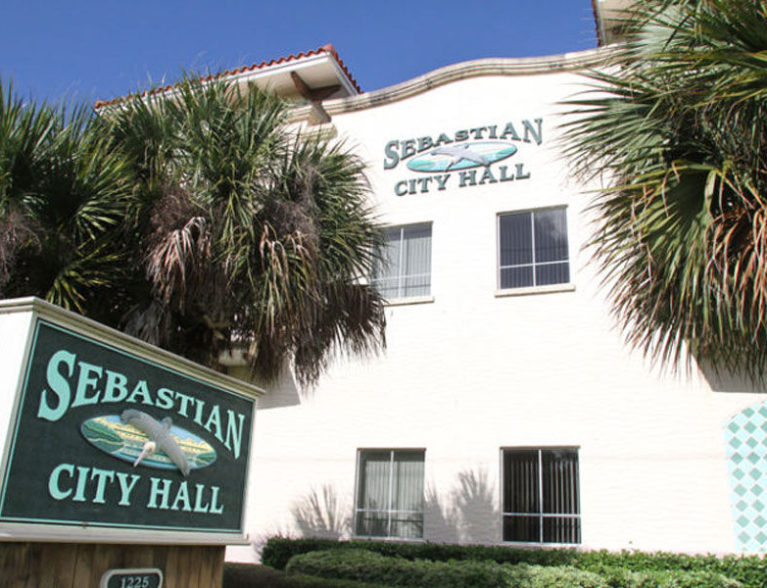
SEBASTIAN — As volunteers begin reviewing the City of Sebastian’s financial plans and help craft the budget, they were warned that not all projects might be possible in the coming year.
“It’s going to be very tight this year,” City Finance Director Ken Killgore told the Sebastian Citizens Budget Review Advisory Board at its recent meeting.
Board Chairman Ed Herlihy quickly expressed concern, noting last year’s millage increase, but Killgore replied that it is far too early in the process to consider another such move. Final numbers from the county property appraiser will be available soon but, Killgore told the Board it appears Sebastian’s taxable amount is about 8 percent above last year’s.
Even with an already negotiated 3-percent increase in personnel costs, the City is ahead in that area.
“There’s still some number crunching to do,” Killgore noted.
City Manager Joe Griffin listed the city’s preliminary high priority issues for FY 15-16, compiled from City Council input and a review of budget requests from city departments.
He prefaced his remarks by noting, “They’re not nailed down yet.”
The priority list included: canal/seawall repair; road repaving; golf course irrigation system; the lagoon; All Aboard Florida quiet zones; ABF legal and engineering costs; public safety; drainage and ditch cleaning; sewer connectivity; and city staff additions. A few of these are sure to kick up dust.
Public Safety was of high importance among City Council members discussing FY 15-16 priorities during last month’s meeting, but at least one item on the Police Department’s proposed budget is likely to generate push-back.
To maintain necessary law enforcement capability, Chief Michelle Morris seeks to continue bringing SPD manpower back to its pre-recession level. The department currently remains 4.5 positions short, and its budget request includes two additional full time positions.
Griffin, however, told the Budget Committee that current data indicates crime is down in Indian River County and that “I am reticent to recommend more staff” for the police department.
He did acknowledge the need for some new vehicles, noting that outfitted police cars which previously cost $35,000 are now $50,000.
Another issue that could spark some discussion is the city’s golf course irrigation system, which is 35 years old and constantly breaking down. The estimated replacement cost: $1.3 million.
The golf course, an enterprise fund, one of only two public courses in the county, is generally considered a valuable city amenity. Proposed project funding would come from a $700,000 Building Department loan and the remainder from tax revenue.
Herlihy commented that the golf course income appears to be “trending up,” and Killgore noted its “positive addition to the reserve fund for the year.”
Board member Bruce Hoffman was unsettled by the $1.3 million price tag.
“Let’s not fool ourselves that the golf course is going to pay for itself. I’d love to see the golf course budget. I don’t hate golf, I just don ‘t like the money.”
Although the FY15-16 budget might dodge this bullet, a big hot button will continue to be the ever-contentious, clearly needed repair/replacement of failing seawalls that line the city’s canal system.
Griffin said the engineering firm the city hired to inspect and assess the seawalls should have its report within about 3 months, and he held firm to his original assessment that “every [damaged seawall] I’ve see is on private property.”
The question of who has responsibility for any necessary repair/replacement – the city or the property owners – has caused conflict with several homeowners, leading to threats of litigation.
As to the concern among some property owners along the canal about the possible existence of asbestos in the older structures, Griffin said the seawalls in question are not in use, and remain completely entombed behind newer structures.
The current assessment, he added, will reveal what, if any, asbestos issues still exist.
No one disagrees that the entire seawall project will be extremely expensive, but which fiscal year will be impacted is as yet unknown. The hope is that the engineering assessment will reveal not only the extent of the work, but also at least an approximation of how long repair/replacement will take and how much it will cost.
The question of who is responsible for what remains the elephant in the room.



